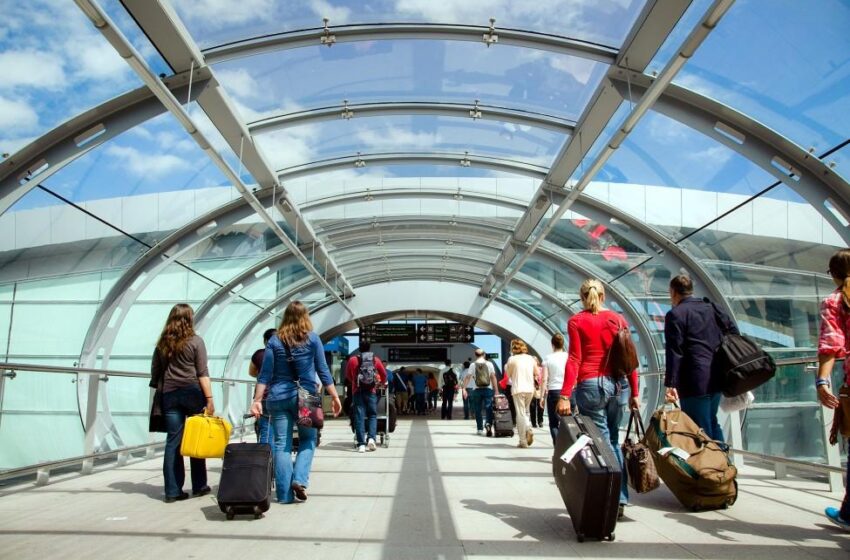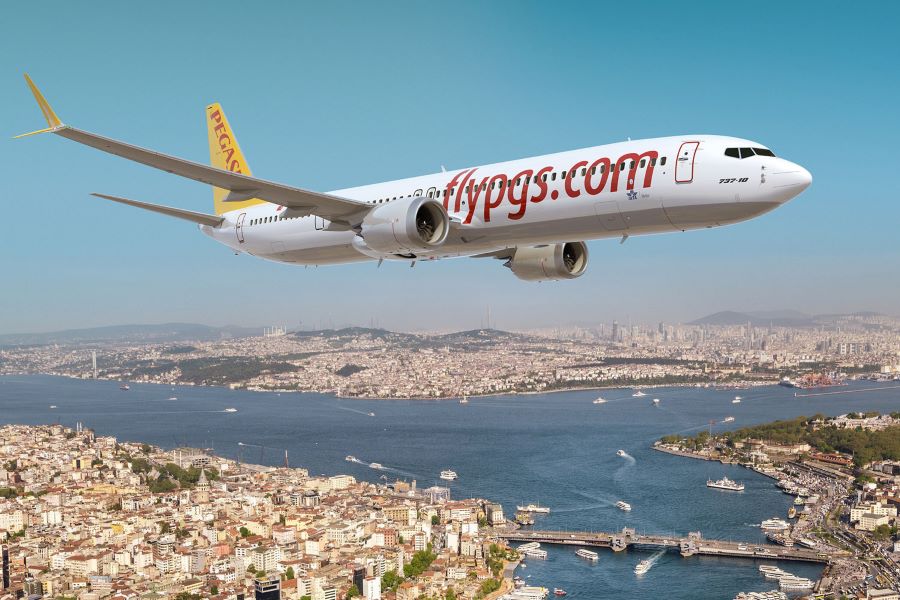
Air Connectivity in Europe Still Remains Below Pre-Pandemic Levels
More than four years since the onset of the COVID-19 pandemic total air connectivity (direct + indirect connectivity) remains -14% below pre-pandemic (2019) levels, according to a report released by Airports Council International (ACI) Europe.
However, passenger traffic in the region during 2024 is expected to surpass 2019 levels by 3.2%, ACI Europe said in its recent report entitled “ACI Airport Industry Connectivity 2024.”
The report, which utilises the connectivity indexes developed by SEO Amsterdam Economics, indicates a slight improvement over last year’s figures (down 16% in 2023), but contrasts sharply with passenger volumes, which are nearing full recovery. This discrepancy pointed to fewer and costly options for consumers and communities, the report said.
While this is an improvement over last year’s performance (2023 at -16%), air connectivity keeps underperforming passenger volumes — which in Q1 2024 stood at just -1.3% below pre-pandemic, ACI Europe said.
The non-EU+ market is underperforming (-20%) compared to the EU+ market (-13%), mainly due to the impact of geopolitics, such as the war in Ukraine where all Ukrainian airports have lost all air connectivity, whilst those in Russia (-43%) and Belarus (-87%) have kept reporting dramatic drops in their total air connectivity. Due to the ongoing conflict in Gaza, Israel (-42%) suffered major losses in total air connectivity.
The continued performance gap between direct connectivity (-8%) and indirect connectivity (-17%) reflects the evolving structure of the European aviation market — in particular the expansion of Ultra-Low Cost Carriers (LCCs) during the recovery from the COVID-19 pandemic and the relative retrenchment of Full Service Carriers (FSCs).
Three Countries Fully Recovered
Within the EU+ market, only 3 countries have fully recovered and exceeded their pre-pandemic (2019) total air connectivity levels. They are – Greece (+22%), Iceland (+7%) and Portugal (+4%). At the other end of the spectrum, Finland (-37%), Sweden (-31%), Slovenia (-29%) along with the Czech Republic and Austria (both at -28%) remain the farthest from a full recovery.
Amongst the largest EU+ market, the best performance came from heavily tourism-reliant Spain (-2%) followed by the UK (-12%), France (-15%) and Germany (-24%). In the non-EU+ market, the best performances were reported by Albania (+55%), Uzbekistan (+29%) and Turkiye (+24%).
ACI Europe Director General Jankovec emphasized the significance of air connectivity for competitiveness and cohesion across Europe.
“As every 10% increase in direct air connectivity yields a 0.5% increase in GDP per capita, there is no doubt air connectivity is an essential part of competitiveness—be it at local, national or European level—and a key enabler of cohesion,” he said.
Direct Connectivity
Istanbul Airport (IST) retains the top spot for direct air connectivity, showing a 9% increase since 2019 followed by Schiphol airport in Amsterdam and Heathrow in London, the report said.
Apart from IST, only six other airports in the top 20 have recovered or exceeded their pre-pandemic levels. Athens is up 17%; Palma de Mallorca is up 8%; Dublin, Istanbul-Sabiha Gokcen and Lisbon were each up 3%.













